When one traditionally thinks of Clerics in DnD, they imagine a stout warrior clad in plate armor wielding a mace. They imagine that hero crushing the bones of evil undead and using the holy light of their patron deity to heal the wounds of their fellow adventurers and keep them on their feet.
Perhaps that is why I find the Twilight Domain Cleric so interesting. It trades in the usual beaming light magic for writhing shadows. Thankfully, it also is a very powerful subclass that makes the Cleric one of the most fun melee classes in the game.
Welcome to a Twilight Cleric 5e Guide.
Key Info Up Front
- Book: Tasha’s Cauldron of Everything
- Feature Levels: 1, 2, 6, 8, 17
- Roles: Tank, Support
Twilight Cleric Overview
While molding the shadows to one’s will may seem like an evil act, the Twilight Domain for Clerics is not evil. Instead, the domain is focused on protecting innocents from the horrors of the night. To best do this, and help them stop fearing the night, they draw power from the night they often fight in and use it for good, helping villagers and peasants feel safer at night since they see what good the darkness can do for them.
Before you can start worrying about building your Twilight Cleric, you need to pick which deity your character will be worshiping. Two prime examples in the Forgotten Realms setting are Helm and Ilmater. Helm, also known as the Vigilant One, is the god of defenders and enforcers, especially concerning the innocent.
Ilmater, known as the Crying God, is the protector of all who suffer and of martyrs. Both gods offer different takes on the Twilight Domain, so feel free to pick any god that makes sense to how you want to roleplay your subclass.
Ability Scores
When making a Cleric, your priority should always be Wisdom, as it influences all of your spells and subclass features. Your abilities on and off the battlefield will require your Wisdom to be high to hold up the rest of your party and keep them on your feet.
Because of this, I also recommend making your Constitution your second highest so that you can stay up on your feet. The rest of the party usually follows if the Cleric goes down, so staying up is paramount.
Your next highest Ability score depends on how you want to build your Cleric. You should have either high Strength or Dexterity depending on what armor and weapons you want to use. Whichever you don’t use, however, feel free to dump it.
After that, you should have Charisma be decently high to use Persuasion when the need arises. Finally, just dump Intelligence unless your party requires you to cover knowledge skills.
Backgrounds
When it comes to your Twilight Cleric’s background, it will primarily depend on your vision for your character. However, if you care a lot about keeping high stats or picking one that matches your class’ features, some will work best with this subclass.
Acolyte
Book: Player’s Handbook
This is the default background for Clerics recommended in the Player’s Handbook, and it’s a solid option. The bonuses to Insight and Religion will help you while getting a bonus language will help you navigate the wider world.
City Watch
Book: Sword Coast Adventurer’s Guide
This background has some fun implications for your character’s backstory and the bonus to Insight, which is always helpful. The Athletics boost that it gives you isn’t the most useful for Clerics, but the boost will help you in case it ever comes up.
Faction Agent
Book: Sword Coast Adventurer’s Guide
This background will give you some helpful bonus languages so that you can help as many people as possible throughout your journey. Its boost to Insight is also significant, and the free mental skill you gain proficiency with will help round out your skills.
Far Traveler
Book: Sword Coast Adventurer’s Guide
This background gives you a perfect suite of bonus skill proficiencies for your Twilight Cleric. Its proficiencies with gaming sets and the instruments aren’t the most useful thing for your character, but they can be fun to use for roleplaying and flavor.
Hermit
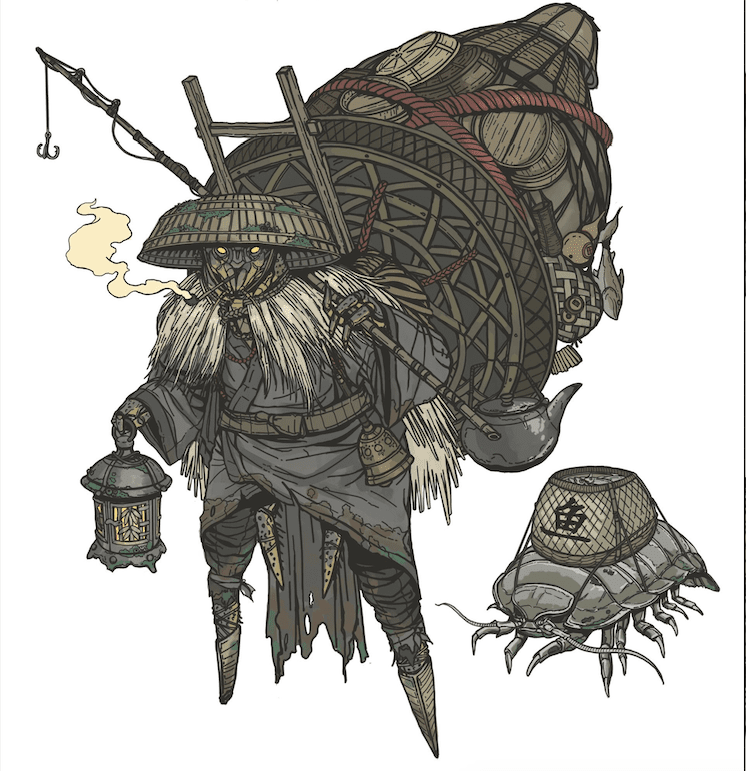
Book: Player’s Handbook
This background comes with Herbalism Kit proficiency, allowing you to make healing potions. It also gives you a boost to Medicine and Insight, which both will take full advantage of your stacked Wisdom score.
Skills
When you make your Cleric, you’ll also have the option to get proficiency from five skills. The skills you will want to have proficiency in will depend on your background and how you want to play your character. When picking them, though, I recommend prioritizing them in this order, from best to worst.
- Insight: Extremely helpful when interacting with NPCs so that you can determine whether or not they are being honest with you. It can bring a lot of utility to the party even if you aren’t acting as its face.
- Religion: Very important for the theme of the class and an excellent way to gain information about the setting and your surroundings during the campaign.
- Persuasion: An absolute must if you’re going to act as the face of the party, but if someone else is, you can likely skip this one.
- History: Another valuable knowledge skill to learn about the world you’re playing in, but its usefulness will vary significantly depending on your campaign and how the Dungeon Master likes running their games.
- Medicine: Definitely the worst of the five options here. Medicine checks are ultimately useless since it is always more reliable to use magic for healing.
Twilight Cleric Features
As you level up your Twilight Cleric, you’ll gain access to several unique features that will define your playstyle and your character’s abilities. Here’s what you can expect to get along the way.
Bonus Proficiencies
Level: 1
This feature gives you extra proficiencies with heavy armor and martial weapons. With these options, your character will be able to stay on their feet better. They will easily fill a tank role with the added benefit of your heals and utility spells.
Eyes of Night
Level: 1
Right off the bat, this feature gives you a buffed version of dark vision. This feature gives you darkvision up to 300 feet, and even better. You can magically share it with several willing creatures equal to your Wisdom modifier.
This lasts for one hour, and you can only do it once per long rest, but it is a potent tool when the situation calls for it.
Vigilant Blessing
Level: 1
This feature allows you to use an action to give one creature, including yourself, an advantage on its next initiative roll. However, this can only be active on one creature at a time and ends if you use the feature again or once the roll is made.
Channel Divinity: Twilight Sanctuary
Level: 2
Once you level up for the first time, you’ll gain access to the Channel Divinity feature. The Twilight Domain gives you the unique Twilight Sanctuary ability for it. It allows you to use an action to summon a sphere around you with a 30-foot radius. It is filled with dim light, and the sphere follows along with you for up to one minute.
Whenever a friendly creature ends their turn in the sphere, including yourself, you can either give them 1d6 + your cleric level temporary health points, or you can end an effect on it that causes it to be charmed or frightened. This is one of my ultimate favorite features of Twilight Clerics, and it is a potent healing ability.
Steps of Night
Level: 6
This feature is one of the less useful ones but still opens up some fun options. It allows you to use a bonus action when you are in dim light or darker to give yourself a flying speed equal to your movement speed.
This ability lasts for one minute, and you can use it several times up to your proficiency bonus each time you take a long rest. This will primarily help you reposition during battles or traverse the world outside combat.
Divine Strike
Level: 8
The Divine Strike feature gives you a solid boost to your damage output. You can add 1d8 to a successful attack turn once per turn when you get this at level eight. Even better, when you reach level 14, it goes up to 2d8. The damage is also radiant, one of the most consistent types of damage in 5e.
Twilight Shroud
Level: 17
This feature buffs your Twilight Sanctuary by making it also give your allies inside of it half-cover. This increases your party’s AC by 2 effectively, which is a solid boost even at this level.
Twilight Cleric Spells
Like all Cleric subclasses, the Twilight Domain gives your character access to an expanded spell list to pick from as you level up. These spells are added to the traditional Cleric spell list, which helps shape the playstyle of your character. The spells included in the Twilight Domain are:
Faerie Fire
Spell Slot Level: 1st
This spell is one of the cheapest ways to counter invisibility and also allows you to give your party an advantage against high-priority targets.
Sleep
Spell Slot Level: 1st
This spell can be a bit difficult to use but is a great way to avoid combat encounters peacefully. It requires targets to have low hit points to affect multiple targets at once, but creative use can still bring a lot of utility.
Moonbeam
Spell Slot Level: 3rd
Moonbeam allows you to create a column of magical light that will hit creatures with radiant damage whenever they walk into it and can even cause shapeshifters to resort to their regular form. This spell is very useful for controlling crowds and dealing a lot of damage to groups of enemies.
See Invisibility
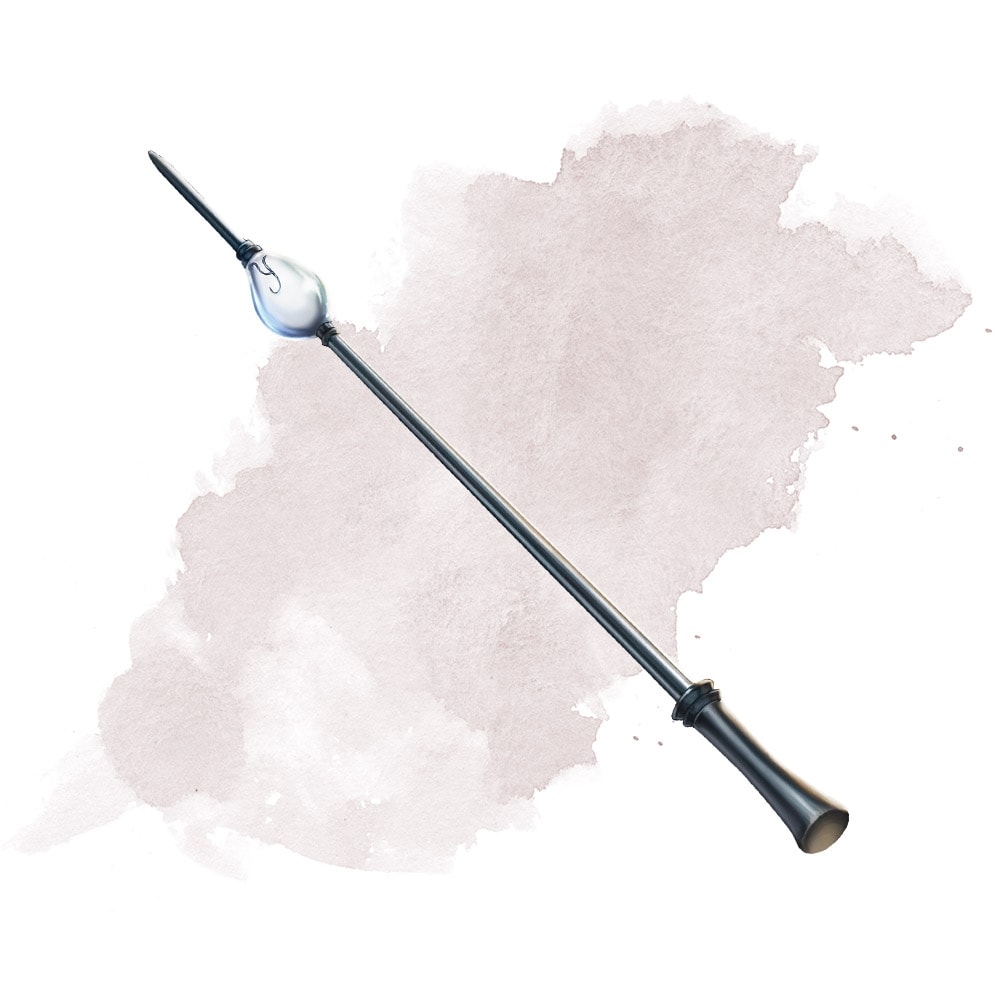
Spell Slot Level: 3rd
This spell is another solid option for unrooting invisible enemies and allows you to do so without potentially putting Faerie Fire on your party members.
Aura of Vitality
Spell Slot Level: 5th
A concentration spell that lasts up to one minute, this spell is a solid way to increase your healing output for a time. It allows you to use a bonus action to heal one creature within 30 feet of you, or yourself, for 2d6 hit points, which is nothing to scoff at.
Leomund’s Tiny Hut
Spell Slot Level: 5th
This spell is a great tool for taking long rests in dangerous areas. It lasts for 8 hours and allows nine creatures of Medium or smaller size inside of it. It prevents any other creatures from entering it, effectively protecting your entire party for its duration. However, it does end early if any creature from inside the dome leaves, so you’ll have to make sure your party understands that to keep you all safe.
Aura of Life
Spell Slot Level: 7th
This spell works similarly to the Aura of Vitality but doesn’t increase your healing. Instead, it gives your party resistance to necrotic type damage and prevents their maximum hit points from being reduced.
It also increases the hit points of any creature with zero hit points to one if they start their turn in the aura, effectively keeping your party from dying. This spell is pretty situational, but it can be an absolute lifesaver when you face an enemy that uses primarily necrotic damage.
Greater Invisibility
Spell Slot Level: 7th
This one is pretty straightforward. Use it to touch a creature, and as long as you maintain concentration, everything they touch or wear for a full minute is entirely invisible.
Circle of Power
Spell Slot Level: 9th
Circle of Power creates another sphere around you, but this one lasts for up to ten minutes with concentration. While it is active, you and allies in the sphere have an advantage on saving throws against spells and decrease the damage they take from it on a success to none if it is normally half-damage. This spell is incredibly powerful when facing higher-level monsters like Dragons or wizards.
Mislead
Spell Slot Level: 9th
Mislead makes yourself invisible for up to one hour with concentration while also creating an illusory double of yourself to mislead others. While the spell is active, you can use an action to move it up to twice your speed, make it talk, and can receive information via all of its normal senses like hearing and sight.
Twilight Cleric Races
There are so many races in 5e that it can sometimes be hard to choose one, especially if you aren’t making your first character. So, it can sometimes be helpful to consider which race will mechanically work best for your class and subclass.
For a Twilight Cleric, you should look at these options for your race if you want to get the most out of them:
Protector Aasimar
Book: Volo’s Guide to Monsters
This race is a perfect match for pretty much any type of Cleric. Its Wisdom boost will help you get your modifier as high as possible early on. In contrast, its other features will help you deal with some extra damage when your party doesn’t need you to keep them on their feet for a round or two.
Earth Genasi
Book: Mordenkainen Presents: Monsters of the Multiverse
This race doesn’t offer as many direct boosts to the Cleric’s abilities. Still, it offers some universally useful abilities like helping you travel across difficult terrain without having to make a Strength check to jump over it.
Eladrin
Book: Mordenkainen Presents: Monsters of the Multiverse
This race brings multiple solid additions for your Twilight Cleric, like proficiency with the Perception skill and short-ranged teleportation. Your character won’t benefit from its standard dark vision, but the other aspects are still pretty useful.
Continue reading this Guide to learn more about the Eladrin Elves.
High Elf

Book: Player’s Handbook
This race gives you access to some powerful spell options, but I recommend only considering Booming Blade to help boost your damage output if you want to play your Cleric as more of a striker.
Goblin

Book: Mordenkainen Presents: Monsters of the Multiverse and Volo’s Guide to Monsters
Either stat block for the Goblin is an excellent option for Twilight Clerics as they give you a series boost to your casting abilities. The Nimble Escape feature will also help you get out of sticky situations better, helping you stay on your feet even when encounters start going poorly.
Twilight Cleric Feats
As you level up, or if you start as a human using the variant options, you may want to grab some feats to help boost your abilities. Feats are always a great way to power up your options, but there are only a few that Twilight Clerics benefit significantly from.
Fey Touched
Book: Tasha’s Cauldron of Everything
Misty Step is one of the strongest spells in 5e, but Clerics don’t normally get access to it. So, the Fey Touched feat is a great option to add to your spell page, and the extra 1st level spell slot isn’t a bad bonus either.
Gift of the Gem Dragon
Book: Fizban’s Treasury of Dragons
This feat is excellent for Clerics who plan to be on the front, and your Twilight Cleric should be most of the time to keep your party members in your protective bubbles.
Metamagic Adept
Book: Tasha’s Cauldron of Everything
Metamagic is a great utility option for any spellcaster. As a Twilight Cleric, you should be casting spells more than you do anything else, other than maybe saying your deity’s name. It will help give you more options to better adapt to situations and keep your party members in action.
War Caster
Book: Player’s Handbook
If your Twilight Cleric will act as the party’s tank, I think you need this feat. It will help you maintain your concentration on spells for longer and will generally boost your Constitution so that you can eat more hits.
Twilight Cleric Equipment
There are some equipment options for your Twilight Cleric that you’ll probably gravitate to more than others. I recommend running Full Plate since you have heavy armor proficiency, the classic Mace for when you go into melee combat, and a Shield. F
eel free to swap out the weapon for something else you prefer, but I cannot recommend the Shield enough. You’ll likely take quite a few hits in combat, especially when facing intelligent foes, so having a shield will help bump your Armor Class.
Still, it can also act as a holy symbol, allowing you to cast your spells as well.
Twilight Cleric Magic Items
As you adventure across the magical worlds of DnD, you’ll also come across magic items. There are countless possibilities for what your Dungeon Master will decide to give you, but if you can, look out for the following items that will help you more than others.
Adamantine Armor
Book: Dungeon Master’s Guide
Rarity: Uncommon
Adamantine Armor is a must-have for any full plate character that plans on taking some serious damage, and your Twilight Cleric is no different. Try to save up some gold to get your hands on this one as fast as possible.
Amulet of the Devout
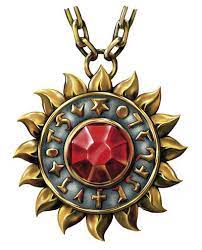
Book: Tasha’s Cauldron of Everything
Rarity: Uncommon
This amulet is a fantastic piece of equipment to get. Its boost to your spell attacks and spell save DCs isn’t as important for you as other Clerics, but the real utility comes from its feature that gives you an extra use of Channel Divinity every day.
The Twilight Cleric has one of the best Channel Divinity abilities in the game, so using it one time for free is insanely powerful.
Sentinel Shield
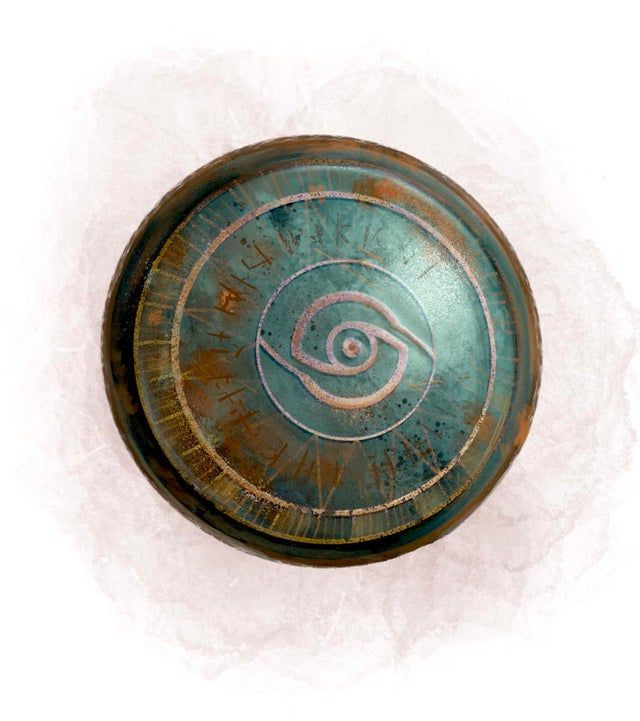
Book: Dungeon Master’s Guide
Rarity: Uncommon
With your high Wisdom and possible proficiency based on your race or background, you most likely have the best Perception in your party. This shield will give you a bonus advantage on all Perception checks, which is great for allowing you to keep your party out of ambushes.
This is particularly useful as a Twilight Cleric, as denying enemies a surprise round in combat will ensure you can get your spheres and buffs ready to go early on in the fight.
Ring of Spell Storing
Book: Dungeon Master’s Guide
Rarity: Rare
This magical item is a great tool for any spellcaster and allows you to prepare even more defensive options for those hard encounters that catch you off guard.
Manual of Bodily Health
Book: Dungeon Master’s Guide
Rarity: Very Rare
Healing others is only good if you can stay alive, and that largely comes down to your Constitution. So, the Manual of Bodily Health is a great asset to have since it increases your Constitution score and raises your maximum value to 22, giving you access to that coveted +6 modifier.
Tome of Understanding

Book: Dungeon Master’s Guide
Rarity: Very Rare
The Tome of Understanding is similar to the Manual of Bodily Health above but instead impacts your Wisdom, which is the most important ability score for a Twilight Cleric. No matter the cost, get this one if you can.
Multiclassing is a Twilight Cleric
Multiclassing can be fun to mix things up with characters, especially once you have played a few times and are looking for a new experience. However, the Twilight Cleric doesn’t pair well with any other classes. If you want to multiclass, I recommend going with a Druid since their spellcasting is also based on Wisdom or a Fighter if you need to deal some more damage for your party’s composition to work.
Playing a Twilight Cleric
Playing any type of Cleric is all about protecting those weaker than yourself. You should incorporate this into your roleplay outside of combat, complete with assisting anyone you can, putting yourself in danger for others, and punishing the evil forces in the world. You should also read up on your chosen deity and understand them fully. This will help you answer questions about them during the game and allow you to play your character according to their ideals and morals.
Since a Twilight Cleric uses the darkness to their advantage, you may also want to play them as a bit stranger than a standard Cleric. When I played one, I found having my character consider the good in all things, even the direst, fun when making decisions. It was also a fun twist while playing to be more comfortable with the darker elements of the Forgotten Realms than many other characters were.
When you roleplay your character, you should also incorporate your background. A Twilight Cleric is not the conventional approach for the class, so making sure to find why exactly your character decided to wield the power of the darkness can be a fun exercise to make them unique.
Playing a Twilight Cleric in Combat
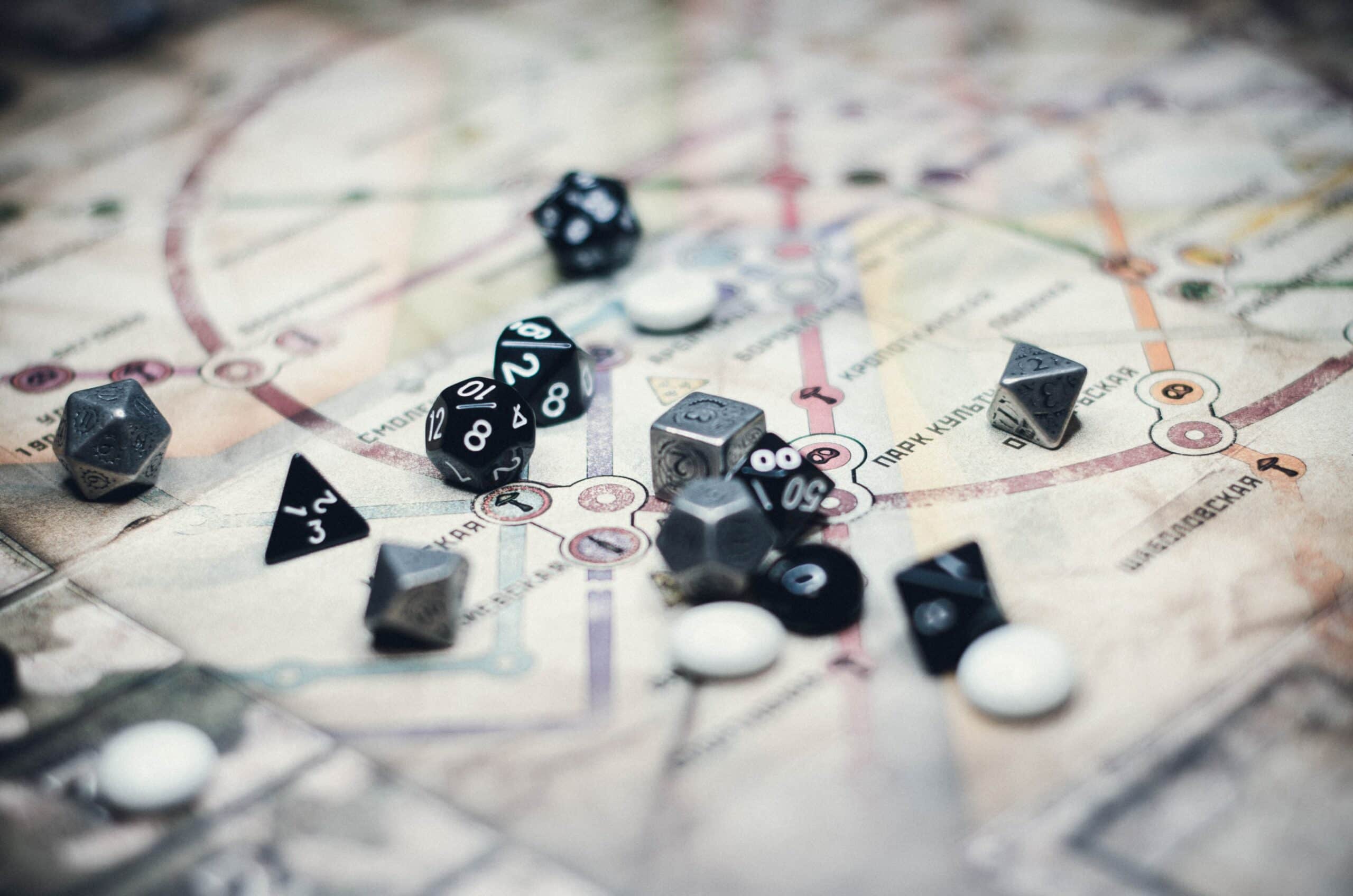
When you’re in combat as a Twilight Cleric, your priority should be buffing your party members. They have various spells and features to give blanket buffs to anyone surrounding you, so make sure to stay up in the main fray of combat as much as possible.
Whenever I’ve played a Cleric, I also find it fun to generally favor the well-being of others above myself. This means opening yourself up to attacks of opportunity to get a fallen ally back up or making enormous sacrifices. You may not always want to risk your beloved character to do so, but it makes well with their personality and goals in life quite often and can make things more interesting than if you never took any risks.
When your party doesn’t need any more buffs or healing, you should focus on dealing some damage to your enemies. You won’t be able to put up numbers like a Rogue or Warlock. Still, any damage helps, and you’ll have some options to increase your damage output when you finally start swinging.
FAQs
Question: What book is Twilight Cleric in for DnD?
ANSWER: THE TWILIGHT CLERIC IS A SUBCLASS INTRODUCED IN THE BOOK TASHA’S CAULDRON OF EVERYTHING.
QUESTION: IS THE TWILIGHT CLERIC GOOD IN 5E?
ANSWER: THE TWILIGHT CLERIC IS A COMPELLING SUPPORT CHARACTER IN 5E. IT CAN SOAK DAMAGE UP ON ITS OWN WHILE HAVING NUMEROUS PASSIVE SPELLS AND FEATURES TO BUFF AND HEAL YOUR PARTY MEMBERS THROUGHOUT COMBAT ENCOUNTERS.
QUESTION: DOES TWILIGHT SANCTUARY WORK IN BRIGHT LIGHT?
ANSWER: TWILIGHT SANCTUARY WORKS REGARDLESS OF WHAT LIGHTING CONDITIONS YOU WANT TO USE IT IN. HOWEVER, THE WORDING FOR IT BEING FILLED WITH DIM LIGHT CAN BE A BIT CONFUSING, SO I RECOMMEND DISCUSSING THE ABILITY WITH YOUR DUNGEON MASTER AND SEEING IF THEY WANT BRIGHT LIGHT OUTSIDE THE SPHERE TO ILLUMINATE ITS INSIDE OR IF THEY THINK THE SPHERE SHOULD ALWAYS HAVE ONLY DIM LIGHT INSIDE IT.
- Steel Defender 5e Guide - September 5, 2022
- Harengon 5e Guide - August 24, 2022
- Shambling Mound 5e Guide: The Most Terrifying Plant - August 21, 2022

